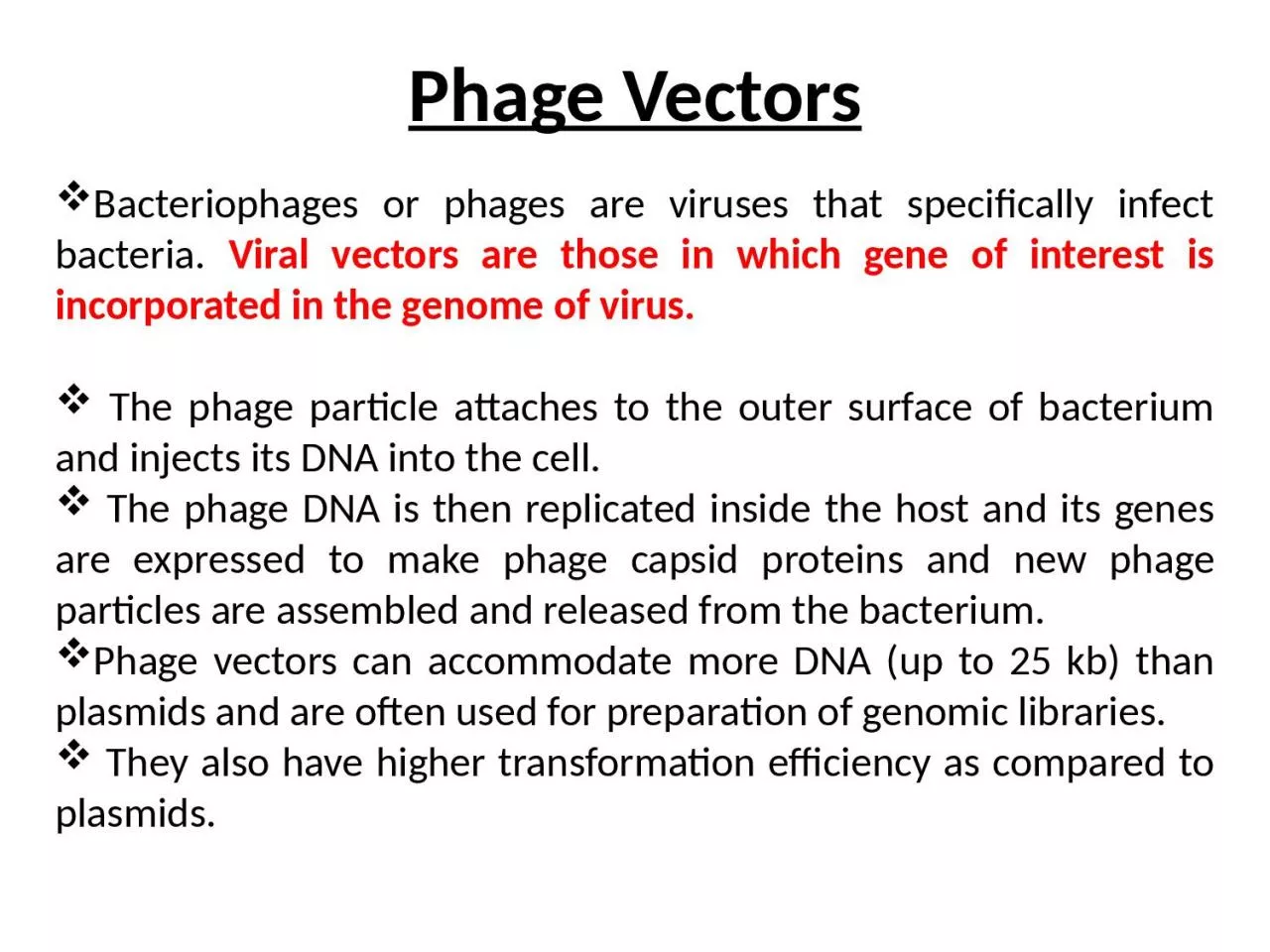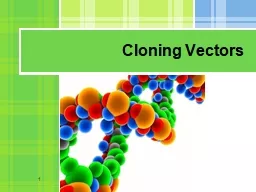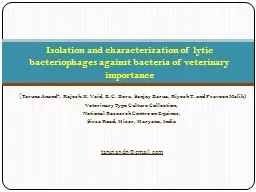PPT-Phage Vectors Bacteriophages
Author : ida | Published Date : 2024-01-03
or phages are viruses that specifically infect bacteria Viral vectors are those in which gene of interest is incorporated in the genome of virus The phage particle
Presentation Embed Code
Download Presentation
Download Presentation The PPT/PDF document "Phage Vectors Bacteriophages" is the property of its rightful owner. Permission is granted to download and print the materials on this website for personal, non-commercial use only, and to display it on your personal computer provided you do not modify the materials and that you retain all copyright notices contained in the materials. By downloading content from our website, you accept the terms of this agreement.
Phage Vectors Bacteriophages: Transcript
Download Rules Of Document
"Phage Vectors Bacteriophages"The content belongs to its owner. You may download and print it for personal use, without modification, and keep all copyright notices. By downloading, you agree to these terms.
Related Documents














